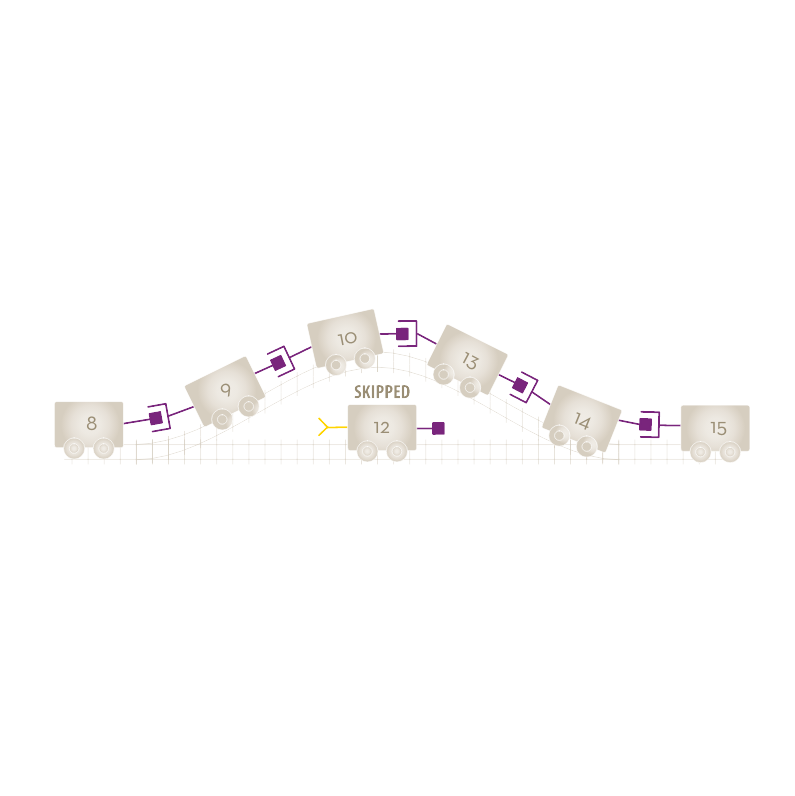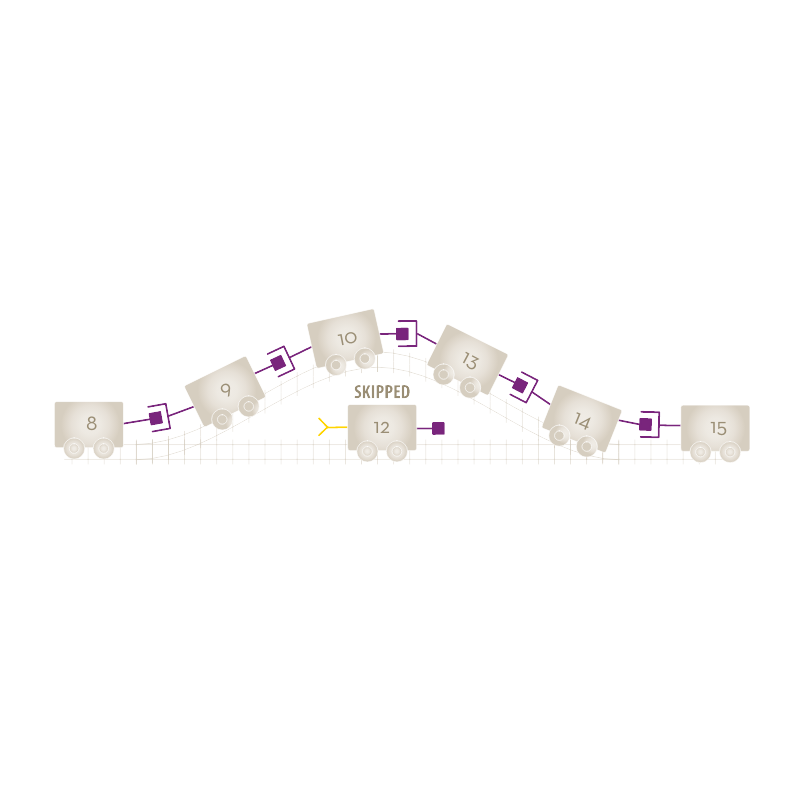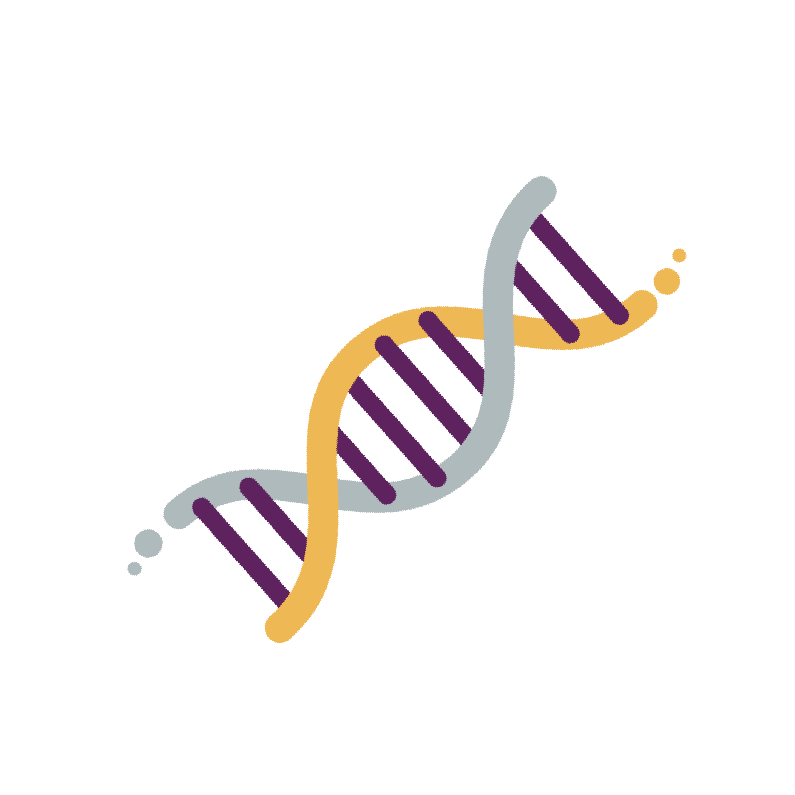
FINN, living with Duchenne,
and his brother.
Overview of Treatment Approaches
While there’s currently no cure for Duchenne, researchers are focused on various ways to treat it. Some address the cause of Duchenne and aim to slow the progression of the disease, while others can help you manage it.
Exon Skipping
Many people with Duchenne have a dystrophin gene that is missing 1 or more exons (a section of a gene). These missing exons leave the body unable to produce a working form of the dystrophin protein. Exon skipping is a technology that tells the body to hide an exon next to the missing piece and skip over the whole section so the rest of the exons can fit together. This skipping lets the body make a shorter form of dystrophin.
Gene Therapy
Gene therapy is a treatment approach that aims to treat Duchenne by giving the affected muscle cells instructions to make a new version of dystrophin.
Other Approaches
Researchers are working to develop new approaches to treating Duchenne. These include antifibrotic therapies, myostatin inhibition, utrophin stimulation, gene editing, and stem cell approaches. Some of these are in clinical trials, while others are in earlier stages of research.
Managing the impact
Other types of treatments may help manage the impact of Duchenne. These include corticosteroids and different types of therapy, such as psychosocial, cognitive, behavioral, or physical. There are also strategies for managing associated conditions, like heart disease or osteoporosis.








